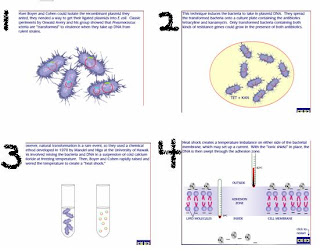This probiotic is commonly found in yogurt, animals, mammals; such as, the human intestines. It importance is reflected in this ability to regulate intestinal microbial homeostasis, inhibit pathogens and harmful bacteria that tends to infect the gut mucosa, modulate local and systemic immune responses, repress procarcinogenic enzymatic activities within the microbiota, produce vitamins, and bioconvert dietary compounds into bioactive molecules. Bifidobacteria are also used to prevent diarrhea, and to restore probiotics that were removed by radiation, chemotherapy, diarrhea, antibiotics, etc.
2. Lactobacillus Rhamnosus
This bacterium was once thought to be a part of the species L. casei, but later it was considered to be its own specie. Lactobacillus rhamnosus is also found in yogurt and many other dairy or dairy related products. It is beneficial, because it can inhibit the adhesion and growth of pathogens, by releasing acids, bacteriocins, and hydrogen peroxide. It also leads to the prevention of diarrhea and is used for probiotic therapy.
3. Lactobacillus Delbrueckii Subsp. Bulgaricus
This type of bacteria was known as Lactobacillus bulgaricus before 1984, but is now known as Lactobacillus Delbrueckii Subsp. Bulgaricus . It is used to produce yogurt and is naturally and usually found in fermented products. It is used to preserve milk since it produces lactic acid when it feeds on lactose. It is beneficial, because helps people that are lactose intolerant, since their digestive systems lack enzymes to break down lactose into simple sugars.
